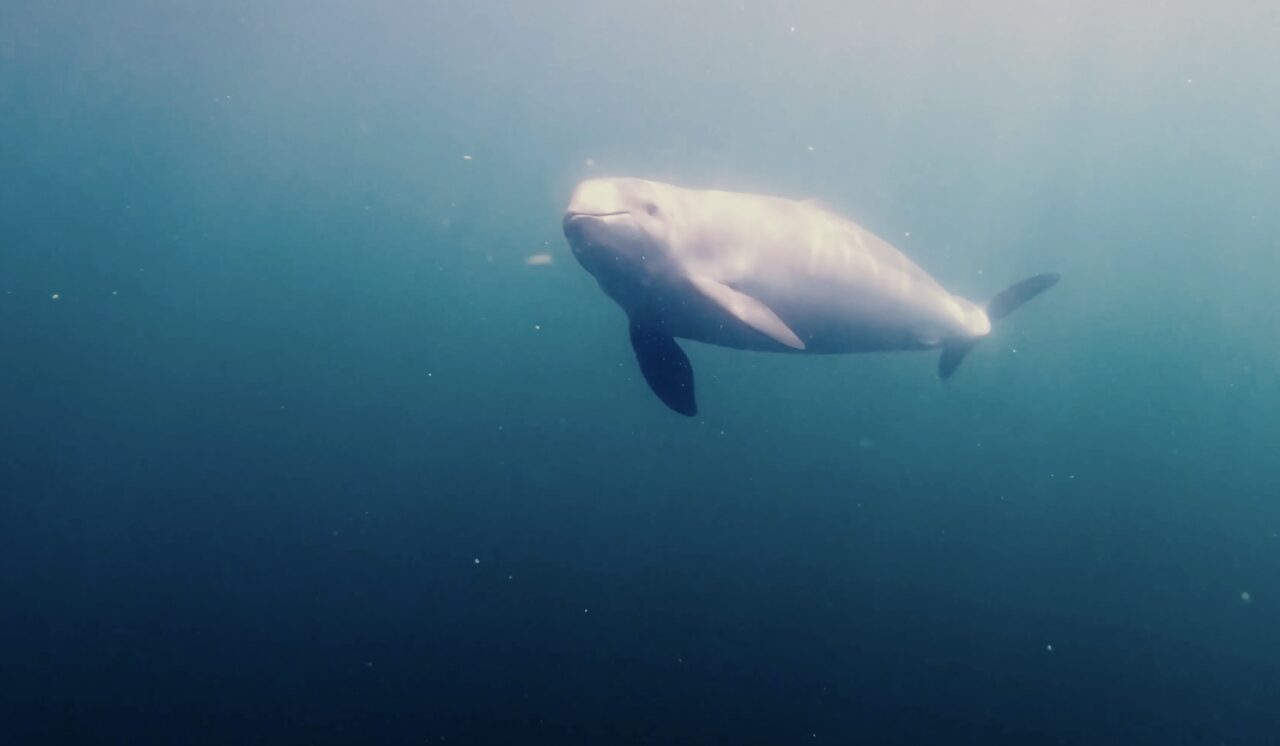
Seal populations rebound after hunting ban and environmental efforts, sparking debate between conservation needs and the impact on fishing. Dive into the story.
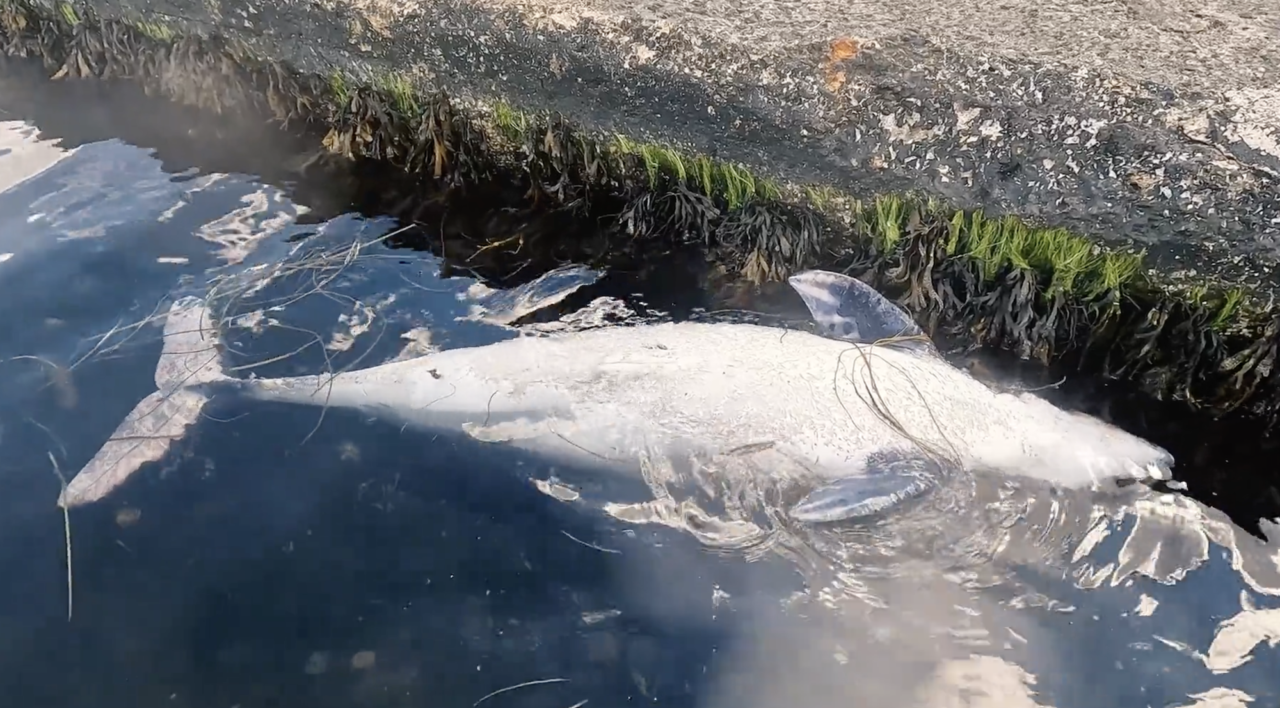
In part two, we delve into the threats facing the small-toothed whales that inhabit Sweden's waters. Why are these porpoises becoming increasingly rare, and what steps can we take to address the issue?
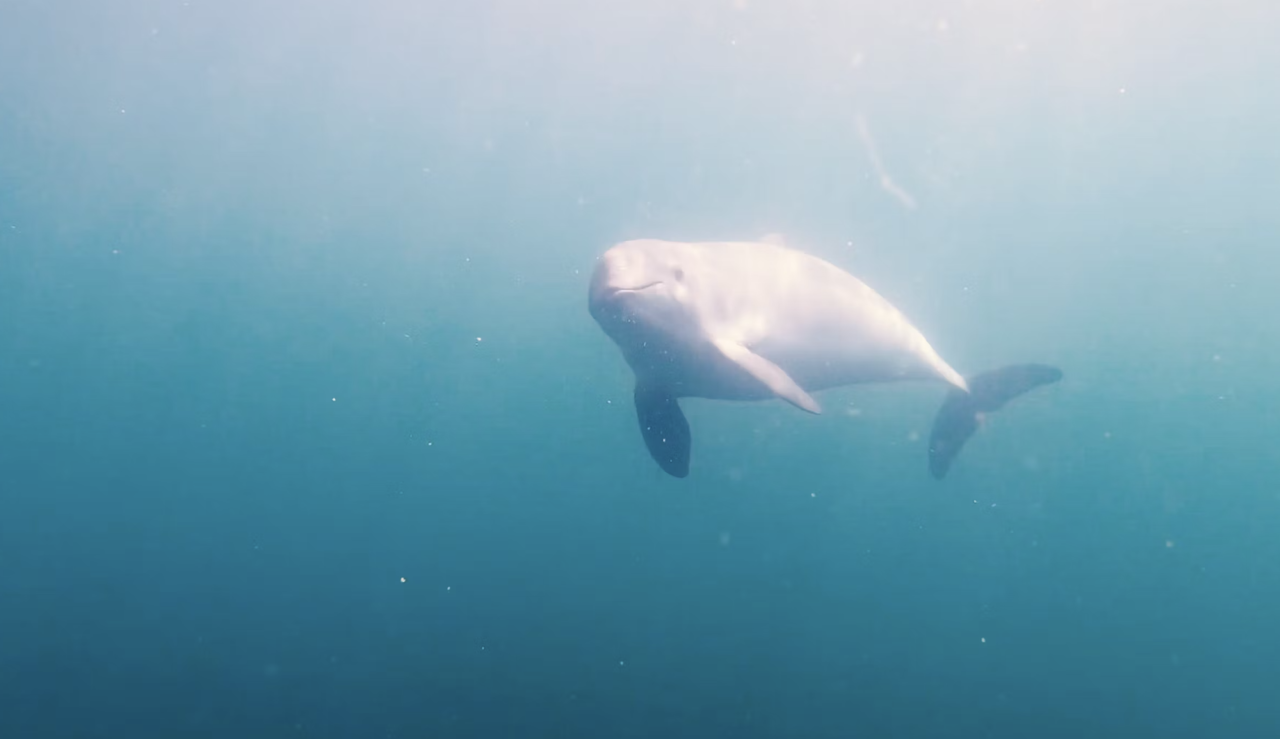
Sweden's only whale is not easy to see. In the Baltic Sea it is acutely threatened, but outside Kullaberg there is a small colony. There, scientists try to learn more about the porpoise's secret life. With the help of new technology, it can be studied both from above and below the water's surface.
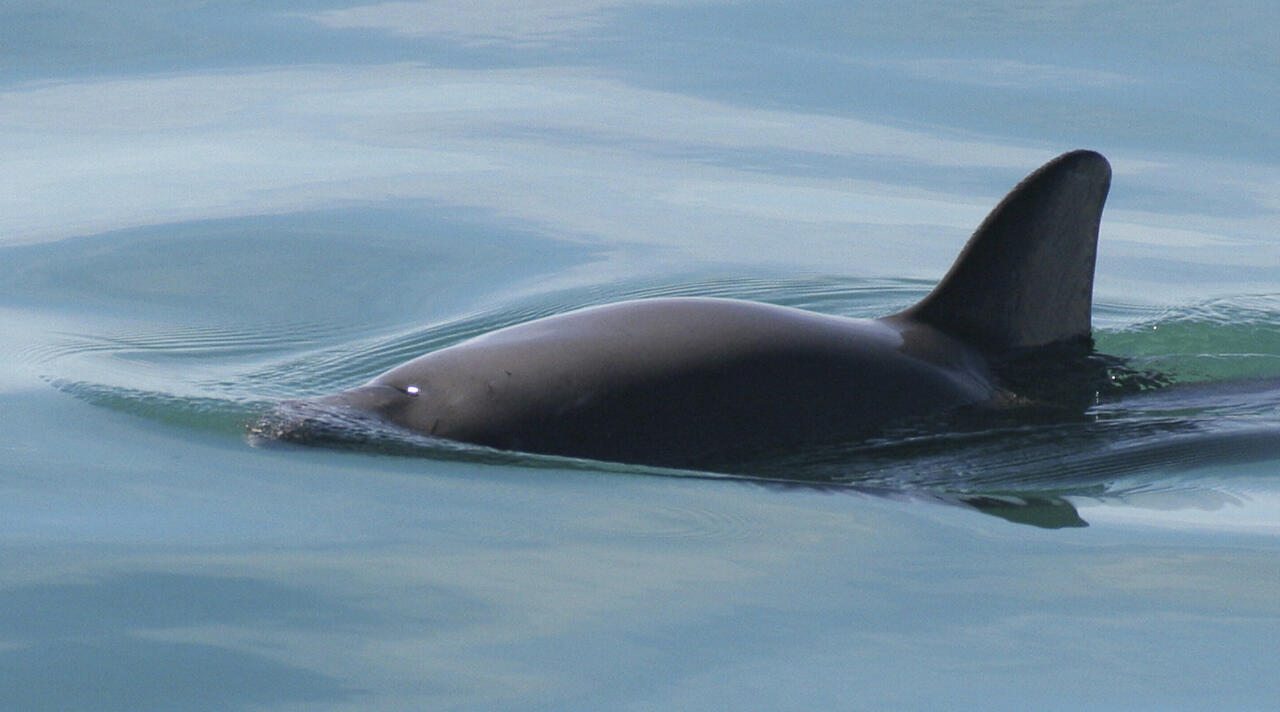
A dead porpoise was found in the Blekinge archipelago in August. When the unusual find is now investigated, it turns out that the cause of death is still unclear - and that it was a pregnant female, reports Blekinge county newspaper
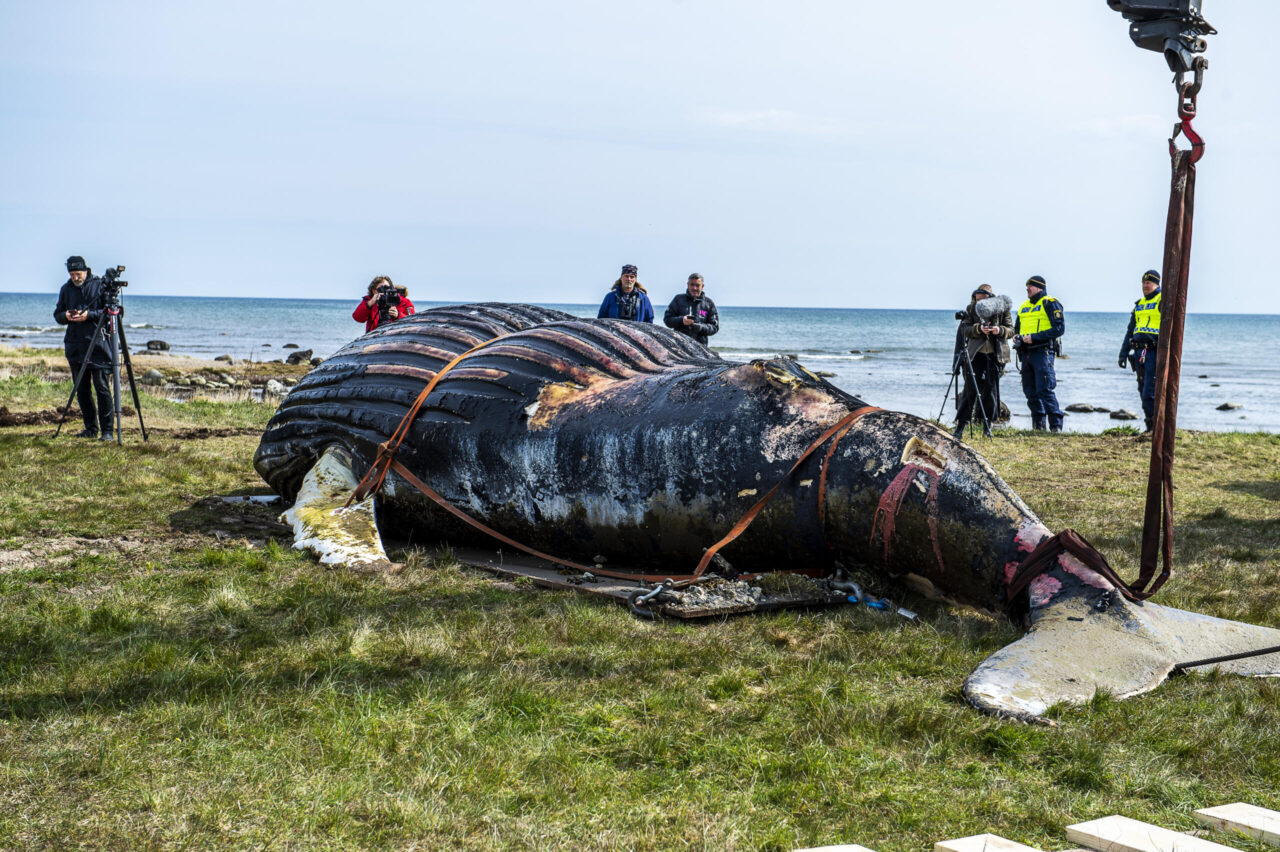
62 dead seals, porpoises and whales were examined last year by the National Veterinary Institute (SVA). Among them were a humpback whale from the Baltic Sea and a small porpoise found west of Öland – two very unusual events

Professional fishermen can now apply for funding to buy so-called pingers for fishing nets to scare away porpoises that risk getting caught in the nets by mistake. There are only about 500 specimens of the critically endangered Baltic tumbler, which is one of the world's smallest whales

The Swedish Museum of Natural History has released a new report showing that the porpoise population in the Baltic Sea may be recovering. The porpoise, the Baltic Sea's only whale, is critically endangered and today only 500 individuals remain
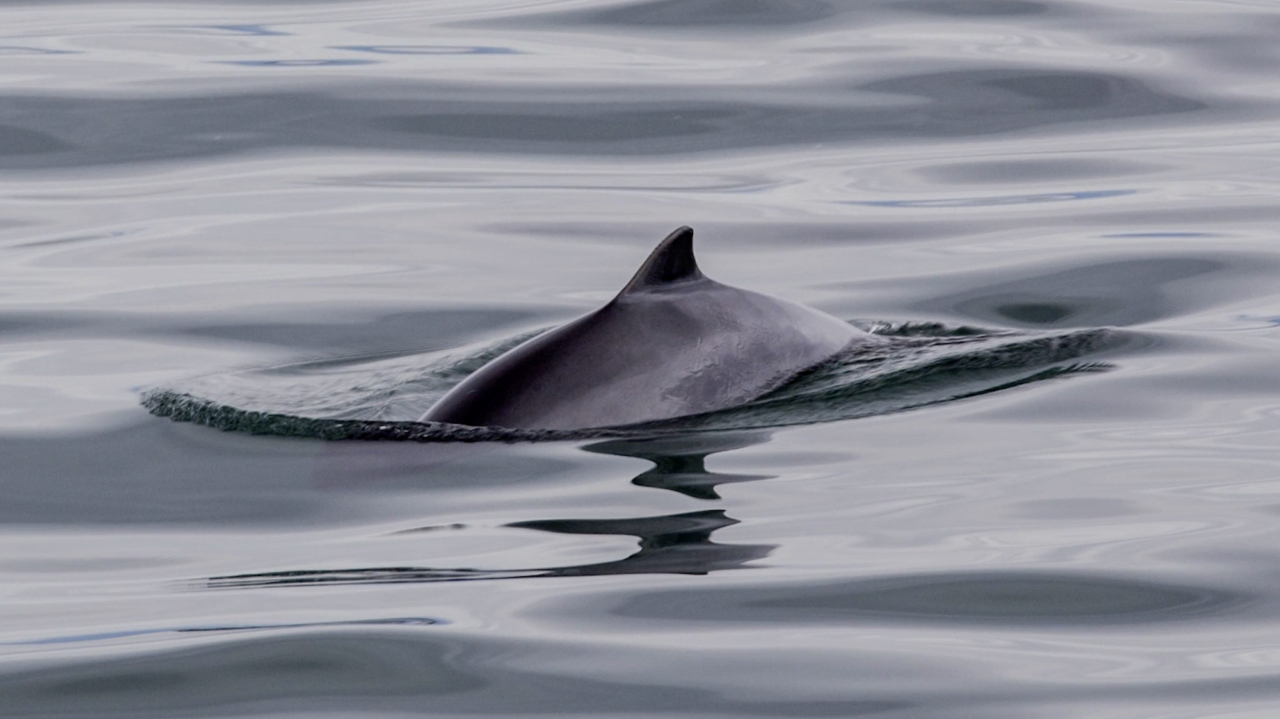
For thousands of years there have been porpoises in the Baltic Sea - a shy dolphin-like whale. But due to environmental toxins and fishing, their numbers have declined sharply since the mid-20th century. The harbour porpoise population in the Baltic Sea is currently classified as critically endangered. The question is, is it too late to save the porpoise?